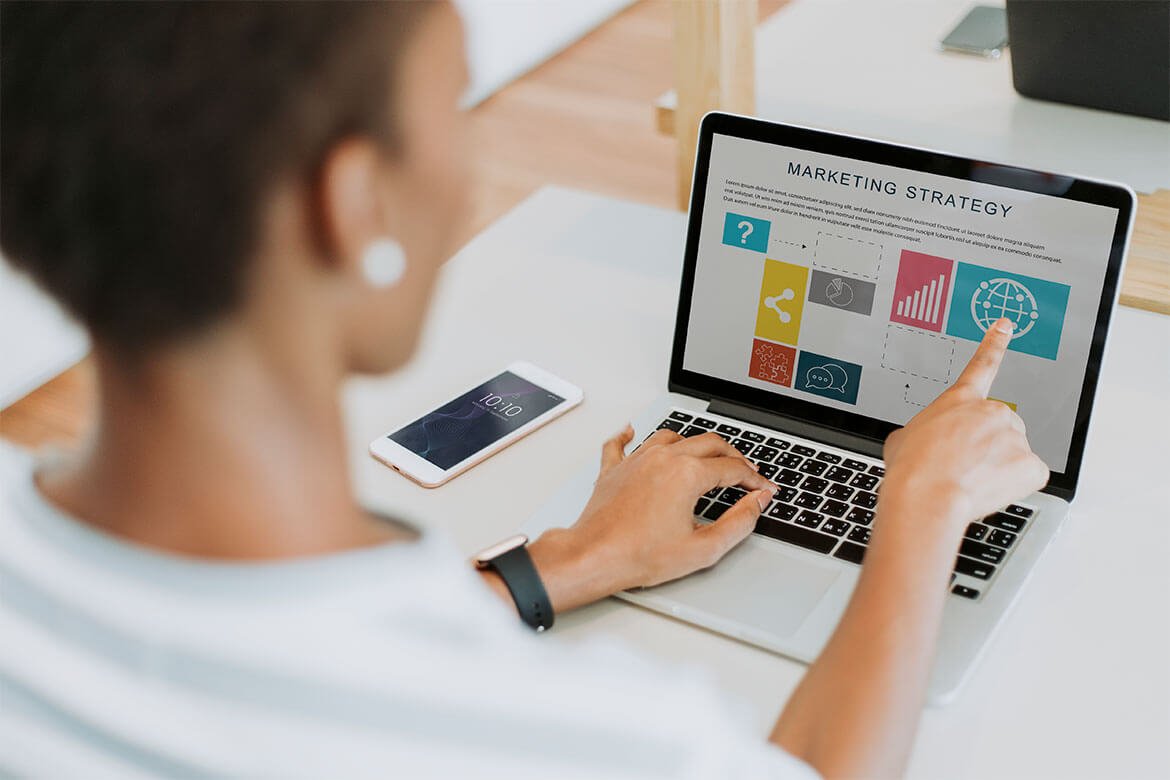The Basics of Blogging Search Optimization
IN today’s digital age, having a blog is essential for businesses and individuals who want to establish an online presence. However, simply having a blog is not enough; optimizing it for search engines is crucial to ensure it reaches the intended audience. This process is known as Search Engine Optimization (SEO). Let’s dive into the basics of blogging SEO and how it can benefit your site. Get ready for revenue!
Remember: even if the channel you’re considering is all the rage right now, it might not fit your brand. Always make informed decisions that directly relate to your company. Otherwise, your message won’t be delivered to its intended audience and you’ll have wasted time, effort and money.
Understanding SEO
SEO, or Search Engine Optimization, is the practice of enhancing your website to increase its visibility when people search for products or services related to your business on search engines. The better visibility your pages have in search results, the more likely you are to garner attention and attract prospective and existing customers to your business.


Leveraging SEO Tools
There are numerous tools available to help with your SEO efforts. SE Ranking is one such tool that offers a comprehensive suite for keyword tracking, competitor analysis, and website audit. Using tools like these can provide valuable insights and help you refine your SEO strategy.
Key Elements of Blogging SEO
- Keyword Research :- Keywords are the terms or phrases that users type into search engines. Identifying and using relevant keywords in your blog posts is the first step in SEO. Tools like Google Keyword Planner, SEMrush, and Ahrefs can help you find keywords related to your content.
- On-Page SEO :- On-page SEO involves optimizing individual blog posts. This includes using keywords in strategic places such as the title, headers, meta descriptions, and throughout the content.
- Off-Page SEO :- Off-page SEO refers to actions taken outside of your website to impact your rankings within search engine results pages. This primarily involves link building, where other reputable sites link back to your blog.
- Content Quality :- Quality content is king when it comes to SEO. Your blog posts should provide valuable information that addresses the needs and interests of your audience.
- Technical SEO :-
This involves optimizing the backend structure of your blog. Factors such as site speed, mobile-friendliness, and secure connections (HTTPS) are crucial.

Local SEO
For businesses with a physical location or those targeting a specific geographic area, local SEO is essential. Phrases like “seo company near me” can help attract local customers. Ensuring your business is listed on Google My Business and other local directories can improve your local search visibility.
At eSvadhyaya, we specialize in providing comprehensive SEO solutions to help your blog reach its full potential. As a leading SEO company, we offer services tailored to your needs, ensuring your content ranks high in search results. Contact us today to learn how we can help you achieve your SEO goals.
Design-Nation Publishes ’20 Makers, 20 Objects’
Want to know the one thing that every successful digital marketer does first to ensure they get the biggest return on their marketing budget? It’s simple: goal-setting. This is an absolutely essential practice for any digital marketer who knows how to execute their campaigns in a productive, cost-effective way. With a few. With a few simple tips, you can be doing the same in no time! In this blog, we’ll walk you through the first steps every savvy digital marketer takes to ensure that they’re on target to hit all their marketing objectives. Get ready for revenue!
Remember: even if the channel you’re considering is all the rage right now, it might not fit your brand. Always make informed decisions that directly relate to your company. Otherwise, your message won’t be delivered to its intended audience and you’ll have wasted time, effort and money.
Know Your Goals
The first step is clearly identifying which goals you want to achieve. Get specific. Do you want to increase brand awareness? Are you all about locking in leads? Do you want to establish a strong network of influencers that can help you be discovered? How about pushing engagement on social media?
Get Specific
A useful tool for narrowing down your goals to ensure they’re viable is the SMART mnemonic. It’s important to get specific to understand exactly what you’re working towards, and help you break down the process of hitting your targets. This is exactly what this mnemonic helps you to achieve.
- Does the channel reach my intended audience?
- Is the channel sustainable and affordable within my company’s marketing budget?
- Will I be able to measure the success of the channel?
- Does the channel allow me to express my brand’s intended message?
- Do the channels I’m considering work together to convey my message?
Always Remember Your Goals!
Establishing a solid vision for your business is the first step to planning your digital marketing budget. Always keep your final goals in sight when organising anything for your company. When deciding which steps to take next in your business, ask yourself how they will help you achieve the goals you outlined in Step #1. This will ensure that you stay on track and prevent you from spending your budget on anything that won’t help you achieve.
Cum et essent similique. Inani propriae menandri sed in. Pericula expetendis has no,
quo populo forensibus contentiones et, nibh error in per.Denis Robinson
As your budget progresses and evolves, continue referring to your SMART objectives. Stay focused and remember your goals – they will always inform what your next step will be!













